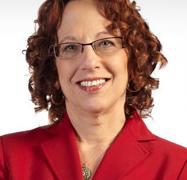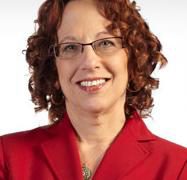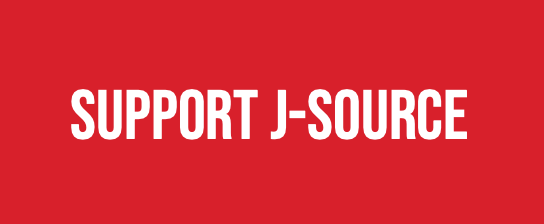Category / Columns
-
Star public editor: Columnists free to express outrageous opinions
Why does the Toronto Star publish opinion columns that readers judge to be outrageous, offensive, inappropriate? Columnists express their own views, not the views of the Star, which are expressed on its editorial pages, writes public editor Kathy English. They can… -
Globe public editor: Why John Greyson’s sexuality was relevant to Wente’s column
Once you raise the issue that many in the media haven’t mentioned John Greyson’s orientation for “fear it would go worse for him,” as Margaret Wente wrote), The Globe and Mail's public editor Sylvia Stead says you need to very… -
Star public editor: A clear case of in-house plagiarism
Can Toronto Star reporters take material from the Star's own archives? Sometimes, yes. But outright copying of a colleague's work is plagiarism, writes public editor Kathy English.… -
CBC ombudsman: Decision to air interview with Ottawa bus driver’s widow was correct
When the Ottawa Morning Show ran an interview with Terry Woodard, the widow of the driver of the Ottawa bus that collided with a train, there was quite a lot of reaction. The interview was raw and painful to listen… -
Public editor: How the Globe discovers and corrects errors
If you are a fan of page A2 in the paper and the corrections online, you will be interested to know how The Globe and Mail staff find out about errors, writes public editor Sylvia Stead.… -
Star public editor: Journalists embrace cause of human rights
When a then 25-year-old Ben Peterson launched a global media development organization called Journalists for Human Rights in 2002, he faced his share of critics, skeptics and naysayers for somehow tainting the notion of “objectivity” in journalism. Fast forward 11 years, Journalists for… -
Globe public editor: Time to find a different word to describe Bernardo’s victims
A reader wondered: “Why does The Globe persist in using the sexist … and outdated term ‘schoolgirls’ in reference to the victims of Paul Bernardo? Public editor Sylvia Stead writes it may be time to find a better description. … -
Globe public editor: Nairobi map unfairly suggested a terrorist community
Especially during times of ethnic tensions, it is much more important to tread carefully and not make connections that aren’t proven or even real, writes The Globe and Mail's public editor Sylvia Stead.… -
Ombudsman: No bias against pit bull in CBC Calgary stories
A complainant said a CBC News story from Calgary unfairly singled out the pit bull to sensationalize the story and that the media has created the bias against these dogs. But CBC ombudsman Esther Enkin did not find any policy… -
CBC ombudsman: A closer look at “fair dealing” is needed
Tyler Olsen, a photographer for the Chilliwack Times in British Columbia, had questions about CBC’s use of a photograph from his paper when they were covering a news story. He acknowledged it was allowed under a Copyright Act provision called…
Loading posts...








